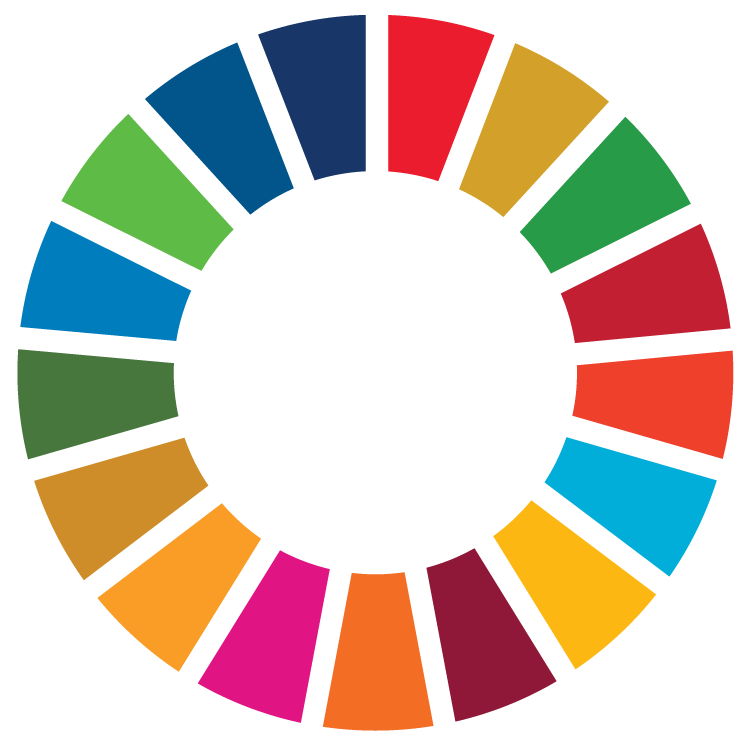Spring 2024 Sustainability Fellow: McKinnon Bell

Partner: Sustainable Campus
Project: Revitalizing The FSU Sustainable Campus YouTube
Student: McKinnon Bell
This past Spring semester, I had the opportunity to be a part of the Spring ‘24 Sustainability Fellows cohort working with Florida State University’s Office of Sustainability to revitalize their YouTube channel.
Before serving as a Fellow, I worked for Sustainable Campus as their Graduate Communications Coordinator. In my role, I oversaw not only a team of undergraduate students working on the Sustainability Communications team but also grew to be deeply familiar with the way that Sustainable Campus presented itself and communicated across a variety of different media platforms. Having been in the role for nearly six months before beginning my fellowship, I was already deeply familiar with the Sustainable Campus brand.
FSU Sustainable Campus’ mission is to improve efficiency and stewardship of resources and to develop change-makers who can create a better, more just future for all. An integral way that this is accomplished is through outreach and communication regarding different sustainability opportunities, topics, and issues at the school, local, national, and global levels. 
A large component of outreach to engage college-age students and change-makers is through social media. At the time, Sustainable Campus was actively posting on Instagram, Threads, Facebook, and LinkedIn. FSU Sustainable Campus also had an inactive YouTube account that they had not used since the fall of 2020. YouTube by and large is the most widely used online platform, roughly eight in ten U.S. adults (83%) report ever using the platform. YouTube provides the unique opportunity to create long-form video content that is not traditional to other social media platforms utilized by Sustainable Campus and therefore offers a creative opportunity to communicate sustainability.
Therefore, the goal of my project was to revitalize the FSU Sustainable Campus YouTube channel. This included creating video content to be posted, updating the profile including the logo and banner, and conducting a comprehensive social media audit and social listening exercise.
I began with the social media audit and analysis to examine the past performance of the previously uploaded YouTube videos and track what topics had already been covered. I then conducted the social listening assessment to analyze what other accounts like Sustainable Campus were posting and how well they were performing. These analytics were then tracked in a spreadsheet to measure performance and engagement as the social media page gains (and continues to gain) traction.
From there, I was able to creatively conceptualize different ideas for content to be uploaded to YouTube by collaborating with other Sustainable Campus team members. A big challenge that I faced with this project was that the password for YouTube had been lost and therefore more time was dedicated to trying to reassess the YouTube account than expected. Still, I was able to access the account and began revitalizing the account by updating the profile and uploading videos. Now the groundwork has been laid for future Sustainable Campus communication teams to have easy access when uploading to the account so the Sustainable Campus YouTube will hopefully not fall inactive again.
Working on this project taught me a great deal about how to tailor content to different social media platforms, as well as providing me the opportunity to continue developing my audio and video editing skills.
By taking the time to utilize as many different channels of communication as possible, the messages and practices of sustainability have a higher chance of reaching and inspiring new audiences and individuals.
To view McKinnon's Poster Presentation, click here.
To learn more about the Sustainability Fellows program, visit sustainablecampus.fsu.edu/sustainability-fellows.

